Bauhaus Bar Design: Where Form Meets Function
- Mira Solis

- Jul 12
- 6 min read
There's something almost mystical about the way geometric lines can transform a simple room into a sanctuary of sophisticated calm. The Bauhaus movement, born from the ashes of post-war Germany, whispered a revolutionary truth: beauty doesn't need ornamentation to breathe life into a space. In the world of hospitality design, this philosophy becomes particularly profound when applied to bar environments. When we strip away the excess and focus on the essential relationship between form and function, we discover that bauhaus bar design creates spaces that feel both timeless and deeply contemporary. The interplay of clean lines, purposeful materials, and thoughtful spatial arrangements doesn't just serve drinks—it serves experiences that linger in memory long after the last sip.

The Soul of Bauhaus Bar Design Philosophy
At its heart, bauhaus bar design emerges from a belief that every element should serve a purpose while maintaining visual harmony. This isn't about creating sterile environments—it's about crafting spaces where every curve, every angle, every material choice contributes to a greater story. When I walk into a well-executed Bauhaus-inspired bar, I feel the quiet confidence of intentional design. The philosophy embraces the idea that less becomes more when each decision is made with precision and care.
The movement's founding principle of "form follows function" takes on new meaning in bar environments. Here, function isn't just about serving efficiency—it's about creating emotional connections through spatial relationships. The geometric patterns that define Bauhaus aesthetics become a language that speaks to our subconscious desire for order and beauty.

Essential Elements That Define the Aesthetic
The visual vocabulary of bauhaus bar design relies on a carefully curated palette of elements that work in harmonious relationship. Primary colors—red, blue, yellow—appear as strategic accents against neutral backgrounds, creating focal points that guide the eye without overwhelming the senses. These bold choices punctuate spaces with intentional drama, transforming functional areas into artistic statements.
Materials speak their own truth in Bauhaus environments. Steel, glass, and concrete aren't chosen for their industrial associations but for their honest expression of structural purpose. Wood appears in its most refined forms, celebrating grain patterns while maintaining clean geometric profiles. The interplay between these materials creates textural conversations that invite touch and contemplation.
Lighting becomes sculpture in these spaces. Pendant fixtures with geometric forms cast precise shadows that change throughout the day, creating an ever-evolving visual landscape. The careful orchestration of natural and artificial light sources ensures that every corner serves both practical and aesthetic purposes.
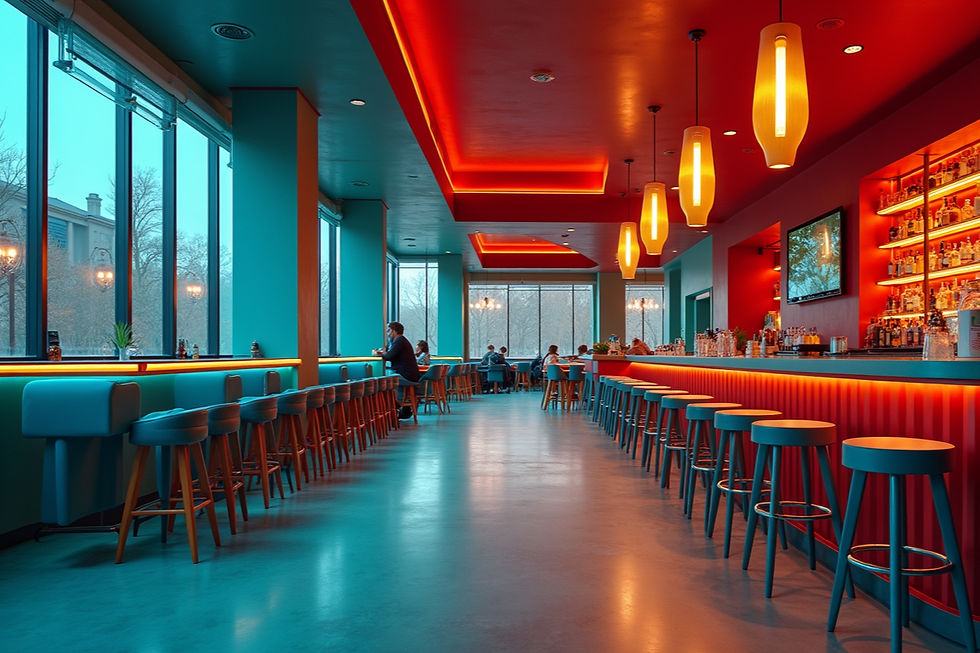
Geometric Patterns as Visual Anchors
The power of geometric repetition in bauhaus bar design lies in its ability to create rhythm without monotony. Hexagonal floor tiles might transition seamlessly into triangular wall panels, establishing visual connections that unify disparate areas. These patterns don't compete for attention—they collaborate to create a cohesive visual narrative that feels both structured and organic.
I've witnessed how carefully placed geometric elements can transform a patron's entire experience. A series of circular cutouts in a partition wall might frame glimpses of the bar preparation area, creating intrigue while maintaining the clean aesthetic. Square-based seating arrangements encourage conversation while respecting individual space, demonstrating how form can enhance social function.
The mathematical precision of these patterns creates a subtle psychological effect. Guests feel more at ease in environments where visual logic prevails, even if they can't articulate why. This unconscious appreciation for geometric harmony becomes part of the venue's appeal, encouraging longer stays and repeat visits.
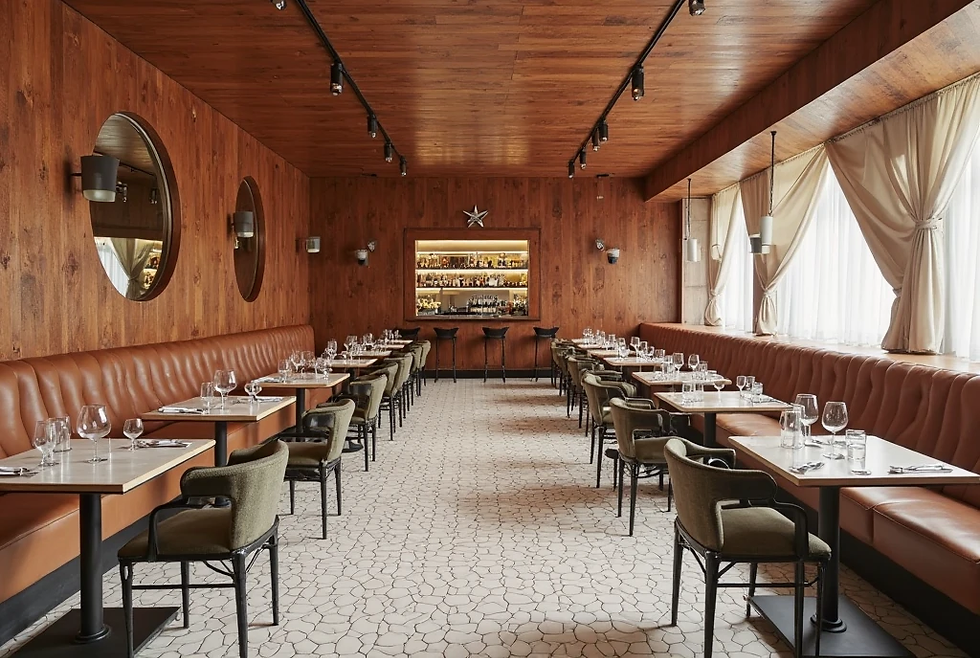
Functional Furniture That Speaks Design Language
Every piece of furniture in a bauhaus bar design must earn its place through both utility and aesthetic contribution. Bar stools with tubular steel frames and leather seats don't just provide seating—they become sculptural elements that complement the overall design narrative. Tables with glass tops supported by geometric metal bases create visual lightness while serving practical needs.
The famous Barcelona chair, with its precise proportions and luxurious materials, exemplifies how bauhaus principles translate into hospitality furniture. When strategically placed in lounge areas, such pieces become conversation starters that reinforce the venue's commitment to design excellence. The key lies in selecting furniture that maintains the movement's emphasis on quality craftsmanship and timeless appeal.
Storage solutions disappear into the architecture, maintaining clean sight lines while providing essential functionality. Custom-built elements might incorporate geometric patterns that echo larger design themes, creating cohesive visual experiences that feel intentional rather than coincidental.
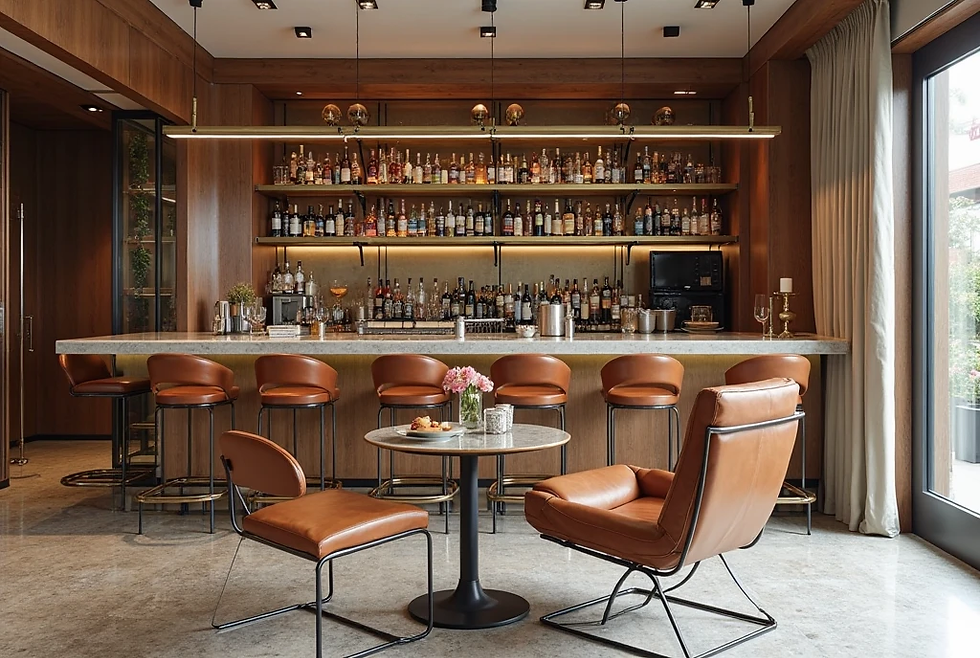
Color Psychology in Minimalist Bar Environments
The restrained color palette of bauhaus bar design creates psychological effects that enhance the drinking experience. Neutral backgrounds—whites, grays, subtle beiges—provide calming canvases that allow the natural colors of spirits and cocktails to become visual focal points. When a perfectly crafted Manhattan sits against a white marble bar top, the drink itself becomes part of the design composition.
Strategic color accents trigger specific emotional responses. A deep red wall behind the bar might evoke warmth and sophistication, while blue accents in seating areas can create feelings of trust and reliability. These psychological associations work subconsciously to influence patron behavior and comfort levels.
The interplay between warm and cool tones creates visual temperature variations that can define different zones within a single space. Warm tones might cluster around seating areas to encourage lingering, while cooler tones near service areas maintain energy and efficiency.
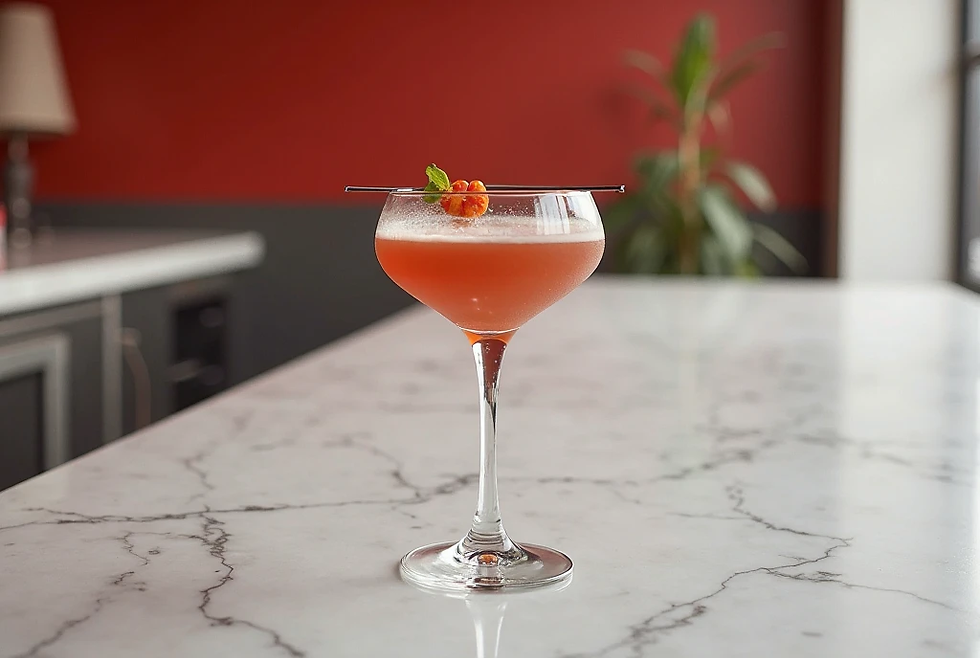
Lighting Design That Enhances Geometric Beauty
In bauhaus bar design, lighting transcends mere illumination to become architectural element. Pendant lights with cylindrical or spherical forms create geometric shadows that shift throughout the evening, providing dynamic visual interest. The careful positioning of these fixtures ensures that they complement rather than compete with the overall design scheme.
Natural light integration remains crucial, even in evening-focused venues. Large windows with geometric frames can flood spaces with daylight during afternoon service, while strategic placement of mirrors multiplies and redirects light to create the illusion of expanded space. The transition from natural to artificial light should feel seamless and intentional.
Under-bar lighting techniques can highlight the geometric patterns of glassware displays, transforming functional storage into artistic installations. LED strips tucked into geometric ceiling details create ambient lighting that maintains the clean aesthetic while providing necessary illumination for safe navigation.

Material Selection for Timeless Appeal
The material palette of bauhaus bar design celebrates honesty and durability. Polished concrete floors provide practical benefits—easy maintenance, sound absorption—while contributing to the aesthetic through their smooth, monolithic appearance. The subtle variations in concrete surfaces add organic texture that prevents the space from feeling cold or institutional.
Glass elements—whether in partitions, tabletops, or decorative panels—maintain visual connection between spaces while defining functional zones. The transparency of glass allows geometric patterns and lighting effects to flow uninterrupted, creating cohesive visual experiences that feel larger than their actual footprint.
Metal fixtures, particularly in stainless steel or powder-coated finishes, provide durability while maintaining the clean lines essential to the aesthetic. The reflective properties of metal surfaces can amplify lighting effects and create visual depth that enhances the perception of space.

Creating Spatial Flow Through Strategic Layout
The spatial arrangement in bauhaus bar design follows principles of logical progression and visual balance. Sight lines should guide patrons naturally from entrance to seating areas, with each transition feeling intentional rather than accidental. The geometric principles that govern furniture placement create subtle pathways that encourage exploration while maintaining order.
Zones within the space should feel distinct yet connected, achieved through variations in ceiling height, floor materials, or lighting intensity. A raised platform for VIP seating might incorporate geometric steps that become architectural features, demonstrating how functional elements can serve aesthetic purposes.
The relationship between bar and seating areas requires careful consideration of both visual and acoustic factors. Strategic placement of geometric screens or partitions can provide privacy without isolation, maintaining the open feeling essential to successful bar environments.
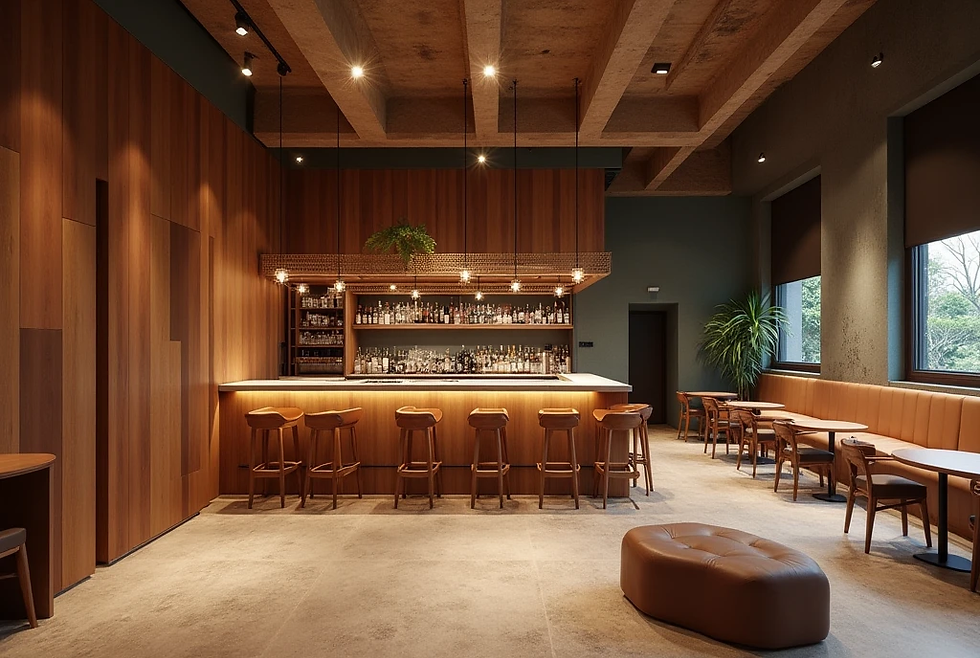
Conclusion
The enduring appeal of bauhaus bar design lies in its ability to create spaces that feel both sophisticated and welcoming, structured yet organic. By embracing the movement's core principles—form following function, honest materials, geometric harmony—we can craft environments that serve not just drinks but experiences that resonate deeply with our human need for beauty and order. The careful orchestration of color, light, materials, and space creates venues that stand as testaments to the power of thoughtful design. These spaces don't follow trends; they set standards for what hospitality environments can achieve when every element serves both practical and aesthetic purposes. Whether you're designing a new venue or reimagining an existing space, the timeless principles of bauhaus bar design offer a roadmap to creating environments that will feel as relevant decades from now as they do today.
Ready to transform your bar with Bauhaus principles? Share your geometric design ideas in the comments below and inspire fellow hospitality enthusiasts!
---
Frequently Asked Questions
What makes Bauhaus bar design different from other styles?
Bauhaus emphasizes geometric harmony, functional furniture, and honest materials without decorative excess, creating timeless spaces that prioritize both form and function.
Can Bauhaus design work in small bar spaces?
Absolutely! The clean lines and minimal aesthetic actually make small spaces feel larger while strategic geometric elements create visual interest without clutter.
What colors work best in Bauhaus bar design?
Neutral backgrounds with strategic primary color accents work best. Think whites and grays with bold red, blue, or yellow focal points.
Is Bauhaus bar design expensive to implement?
Quality materials and custom geometric elements can be costly upfront, but the timeless aesthetic provides long-term value and reduces renovation frequency.
How do I incorporate Bauhaus elements into an existing bar?
Start with geometric lighting fixtures, add clean-lined furniture, and introduce strategic color accents while maintaining the functional flow of your space.



Comments